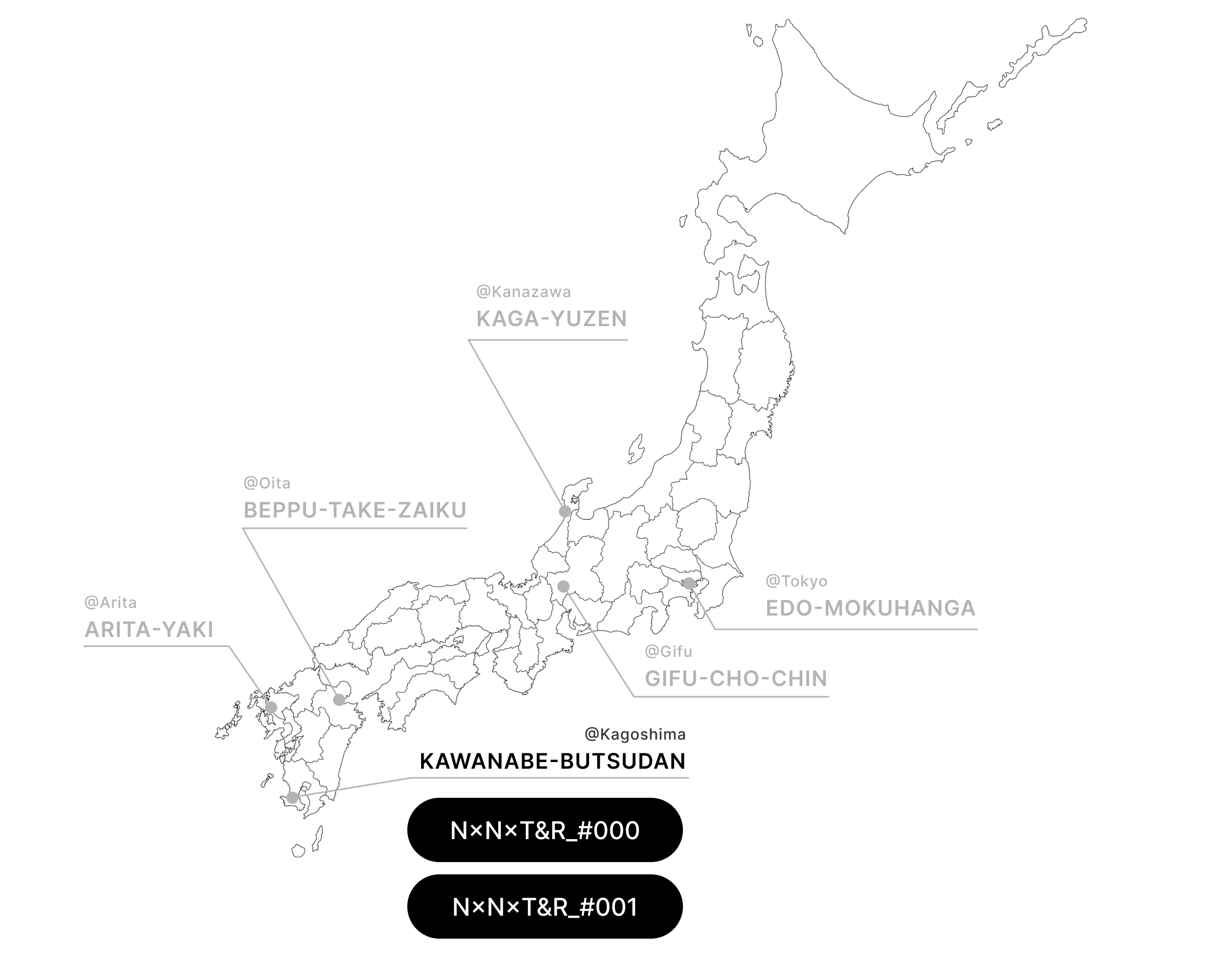Let’s say someone encounters a traditional Japanese culture for the first time.
Through gradual contact with the people and objects of that community,
what was once foreign begins to feel familiar.
By a natural turn of events, they find themselves creating.
With each challenge, something begins to take shape.
Through this process, they come to face themselves in new and deeper ways.
No two people share the exact same circumstances or traits.
The emotions that rise to the surface
are countless—some too complex to put into words.
Words that come to mind:
a sense of duty, obligation, achievement, discomfort, inferiority,
curiosity, ambition, respect, dependence, patriotism,
honor, admiration, habit, humiliation, endurance, common sense, fate…
Driven by a certain emotion—or perhaps a struggle—
they make the decision to devote their life to traditional culture.
Thus begins the phase known as apprenticeship.
Under a master’s guidance—sometimes even living and eating together—
they learn the ethics of craft and dedicate themselves to skill.
Only through repetition do their hands earn consistency worthy of praise.
Tradition is passed on, slowly, through failure and persistence.
Only through sustained, tireless effort
does one begin to shape a personal style within a noble lineage—
a craft recognized and sought after by others.
This is where a profession and a way of life become one.
In time, they are called Shokunin—a true artisan—
and become part of a legacy carried across centuries.
In Japan—facing the frontlines of an aging, shrinking population—
artisans who work closely with natural materials are also in decline.
And yet, this reality overlaps with a global shift toward sustainability.
We believe there is meaning in this timing.
Before these rare, embodied skills vanish with age,
we seek to prove—they existed, and they mattered.
Our work is to connect the dots,
to leave behind artifacts that speak of mastery.
This, for us, is what it means to mine tradition.



